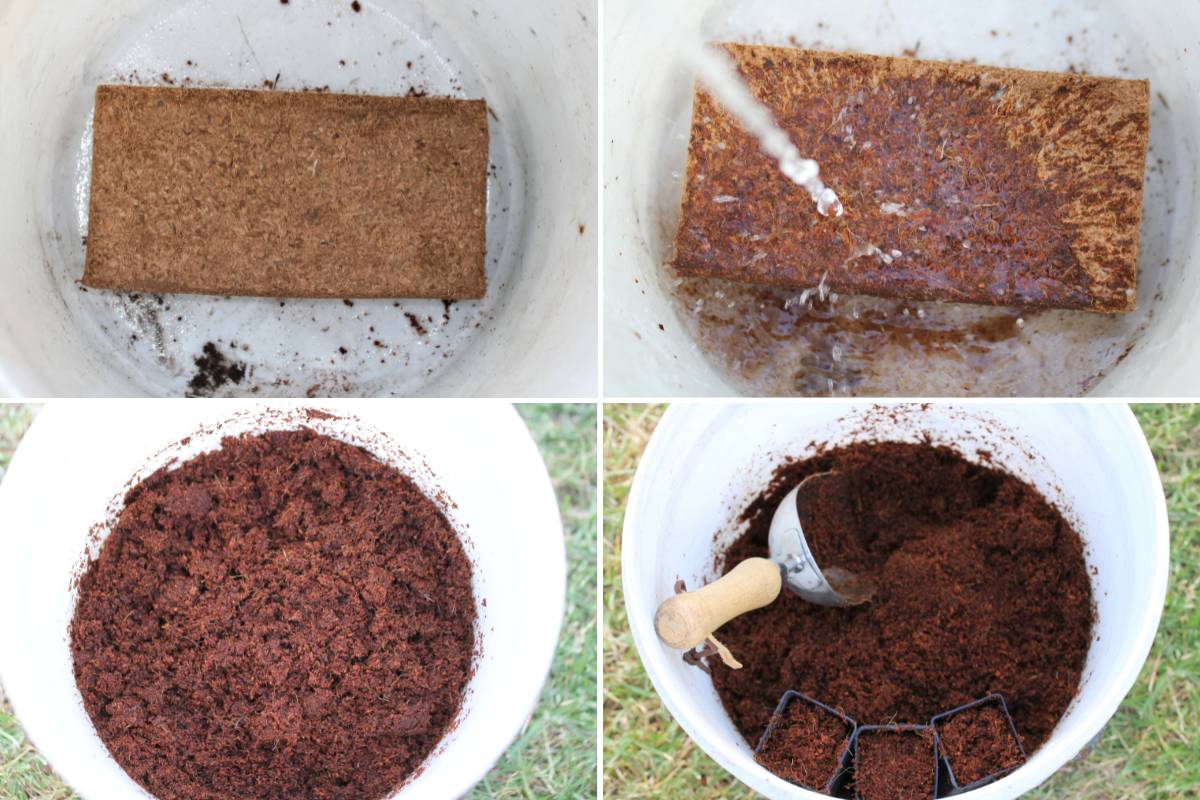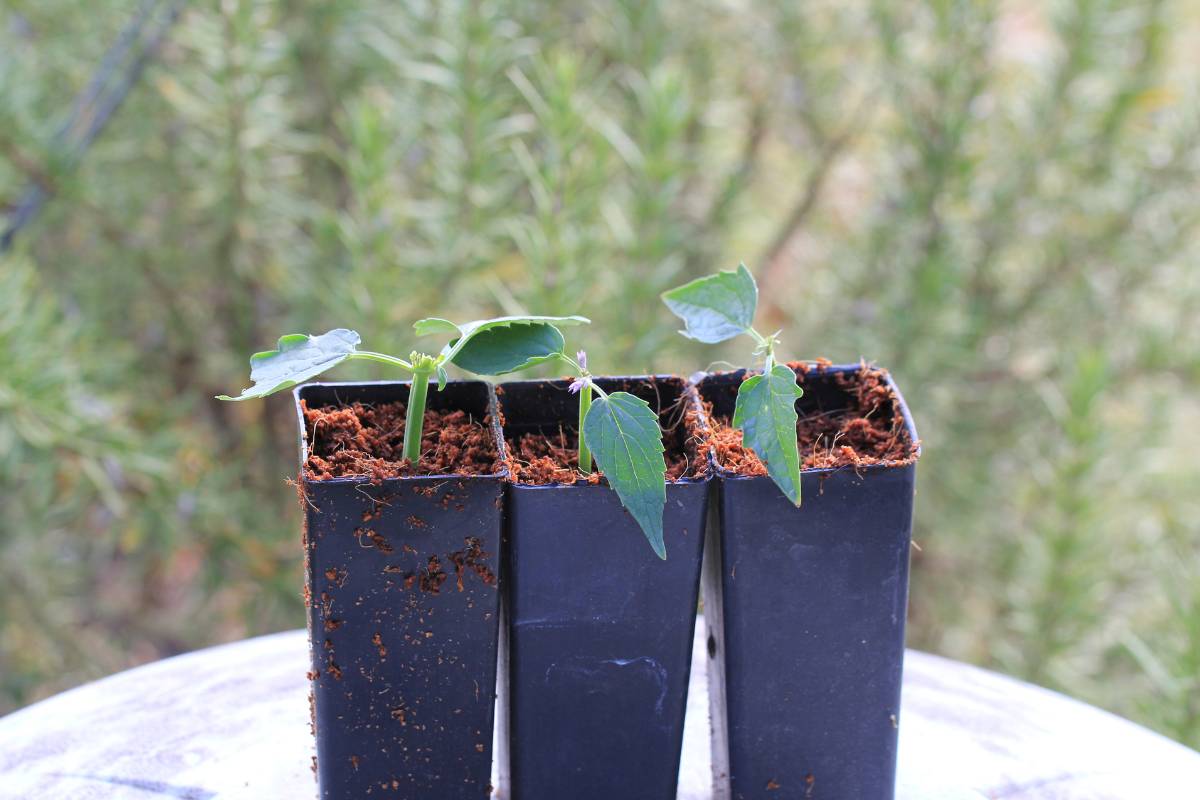Propagating plants is a thrifty method of filling your garden with new plants, but all propagation methods can hold some pitfalls for the beginner. Getting the correct balance of moisture in the soil for seeds can be challenging. Cuttings can be temperamental, sometimes failing to take root for no apparent reason. This can be discouraging, to say the least. No seed germination equals no new plants; without a root system to support them, cuttings need carefully controlled conditions to thrive and grow into healthy new plants.
While propagation takes a little skill and experience, it needn't be dark magic. If you put the right conditions in place plants will happily follow their nature to shoot, root and grow. Using coco coir as a growing medium is an excellent way to improve your success with propagation.
What is Coco Coir?
Coco coir is a byproduct of the coconut industry, made from the husks and pith that is left over once the milk and flesh have been removed from coconuts. The husks and pith are processed into common household products including doormats, ropes and other woven items. The dusty, fibrous remnants are dried and compacted into blocks, pellets or discs, which are lightweight, durable, and easily stored for long periods before being rehydrated for use as a growing medium.
Coco coir can be used for seed raising or growing microgreens and wheat grass as well as for supporting cuttings. It's also an ideal medium to use in air layering capsules. Combined with compost and pine bark it can also be used to make a good quality potting mix.
Why Use Coir for Propagation?
Compared to more traditional options such as seed raising mix, coir has several important advantages when used in propagation. It holds water well without becoming saturated, maintaining a good balance of water and air in a fine crumbly texture. This even moisture provides a good environment for seeds to germinate. It also gives cuttings’ developing roots the moisture they need but with a much lower risk of rot.
Coir has natural anti-fungal qualities that suppress the growth of mould and mildew, giving an extra level of protection in the early stages of propagation when the plants are at their most vulnerable. Coir is also fairly neutral on the pH scale, with a slightly acidic measurement of 5.5 to 6 pH, which is just about ideal for many plants.
And lastly, coir is vastly more sustainable than alternatives such as peat. There's no shortage of supply, as it's made from byproducts that would otherwise be wasted. By contrast, peat takes many decades to form in nature, storing up large amounts of carbon that's released once it's dug up and used for potting.
And to top off coir's eco-friendly nature, it can be dried once the cuttings have been transplanted then stored and re-used for cultivating multiple generations of plants.
The Downsides of Coco Coir
While coir has many important advantages, it's not a perfect choice for every situation. Its water-retention ability makes it a poor fit for seeds or plants that prefer more arid conditions, such as succulents and some native species.
Coir can also lack nutrients compared to peat, particularly iron, calcium and magnesium, while also often having a high salt content. Because of this, care needs to be taken with feeding, particularly if plants are container-grown in coir rather than being transplanted to open soil with a more naturally balanced nutrient profile.
While coir is a renewable waste product, drying, processing and transporting it does require energy inputs.
Most of these problems are easily avoided, and for most plants coir makes an efficient and economical choice for encouraging propagation success. And what's more, using coir is simplicity itself, with only a few simple steps needed to give seeds and cuttings a perfect start.
How to Prepare Coir
- Place the coir block or briquette into a large container with room for it to expand to around 10 times its size.
- Pour the recommended quantity of water into the container and leave it for 20 minutes. The coir will soak up the water and expand. One 650g coir briquette will soak up 5 litres of water and expand into 8 to 9 litres of medium.
- Mix the coir using a trowel or your hands, and break up any remaining dry pieces of the block.
Nutrients can be added by dissolving them in the water before it’s added at the start. A liquid fertiliser can also be used when seedlings or cuttings first show signs of growth.
To use the coir as a potting mix, add equal parts of coir, compost and a coarser material such as pine bark chips or coconut husk chips.
Coir is a stable, sustainable and easy to use growing medium that’s worth trying if you’re looking to improve your propagation success.








